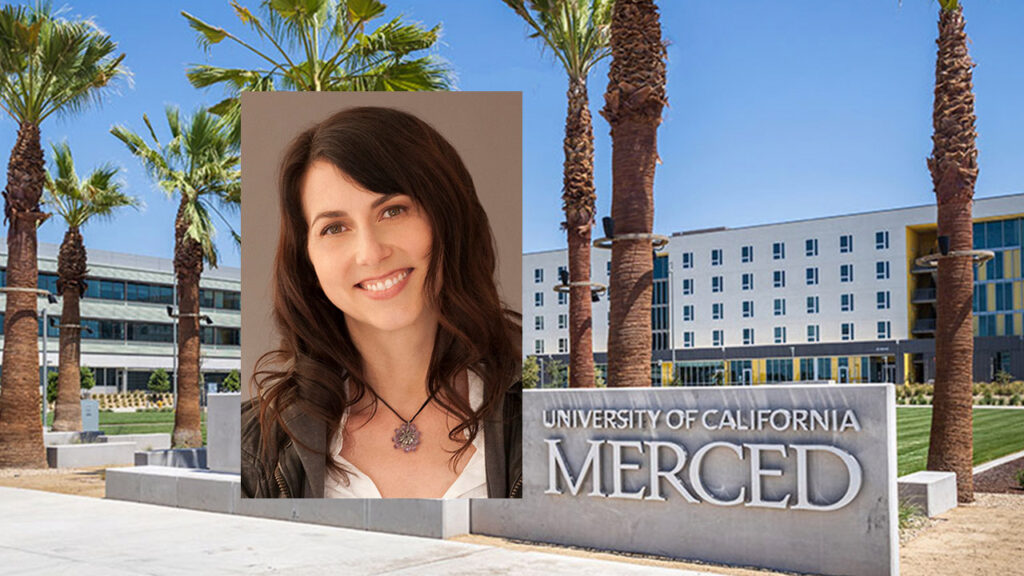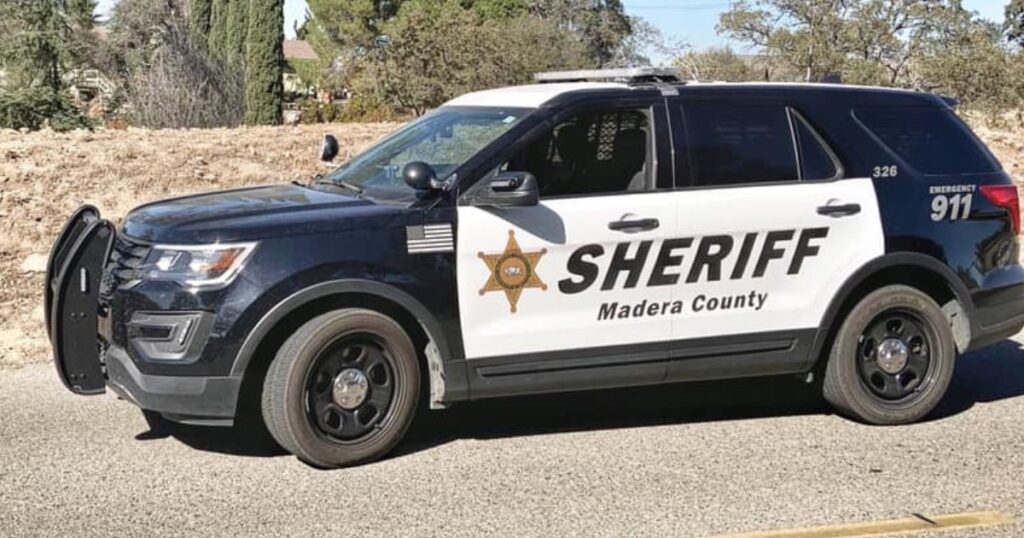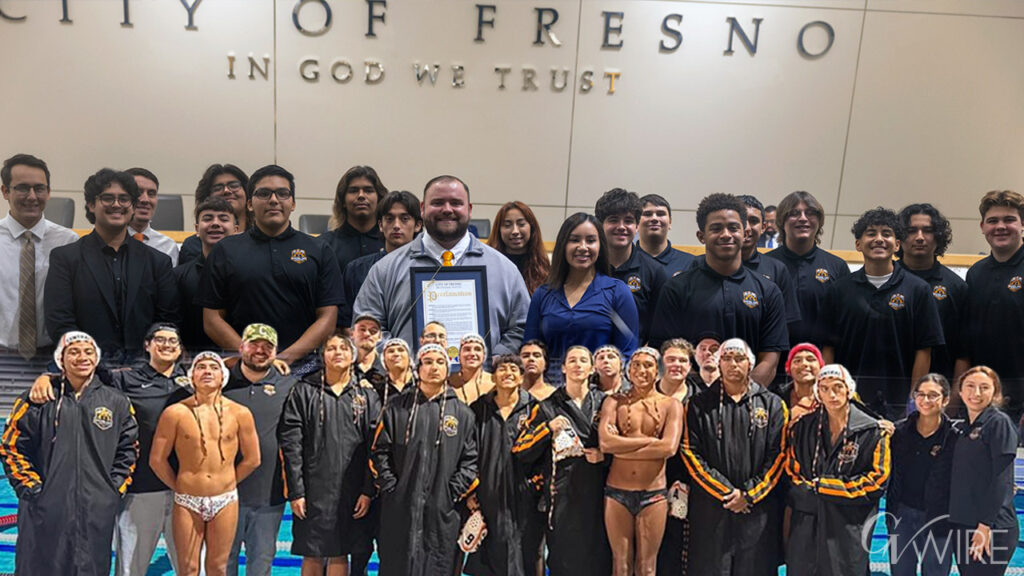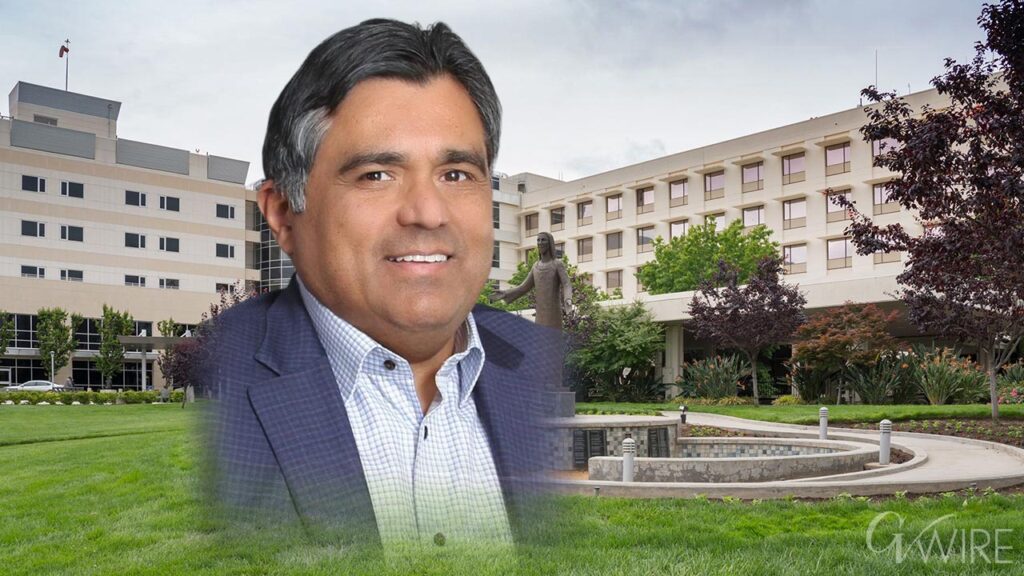Share
The first day of school on Aug. 12 will also be Erika Martinez’s first day as a full-time Fresno Unified teacher with a room full of first-graders. She’s already itching to start decorating her classroom at Wilson Elementary and has even mapped out her ideas on a Pinterest board.
First-day jitters? Not happening. Martinez has been preparing for this day for at least six years when she first signed on as a California teaching fellow.

Martinez credits the California Teaching Fellows Foundation with helping her realize that education, not nursing or another field, was the career she wanted. The foundation further supported her with mentoring and life skills assistance.
“I feel so much more prepared,” she said. “I think that even if I was thrown into the classroom, I would at least have that background of, I know how to lesson plan, I know what to look for.
“Now, obviously in school (college), I’m learning the important things like, this is how to make plans for how to teach the students. But as far as being with students, managing the class, and knowing this is kind of what I’m supposed to teach them, I know how to do that. So thank you, Teaching Fellows.”
Building Teacher Workforce
Creating new generations of teachers, especially those who reflect their community’s diversity, is among the goals of the California Teaching Fellows Foundation.
The foundation, which got its start at Fresno State’s Kremen School of Education in 1999 and then became a nonprofit in 2006, employs about 2,000 teaching fellows at more than 300 sites across the five-county Valley region.

CEO Mike Snell said it’s more important than ever to recruit people for the teaching profession.
“If you look at the statistics of the teacher shortage over the last 20 years, the number of high school students … expressing an interest in a career in education continues to drop,” he said. “We want to help folks get to that finish line and get to the credential program.
“But we also want to try to widen that pipeline so that there’s more people that can say, ‘I never considered education before, but I had a chance to work with 20 young people. And man, I found my thing. This what I want to do the rest of my life.’ ”
The foundation is looking to hire more than 500 college students who are interested in education and also community service. Applicants must be enrolled in a minimum of six units at a community college or university and be in good academic standing. The pay ranges from slightly above minimum wage to $20 per hour for site leaders, and work scheduling is flexible to accommodate college class schedules.
To apply, go to www.ctff.us/application.

Dream Initiative Gives a Boost
The foundation’s aims also include professional and personal development opportunities for the teaching fellows. In recognition that many college students are like Martinez — the first in their family to attend college — the foundation provides services through its Dream Initiative, where teaching fellows have access to career mentors, coaches, financial advisers, and team-building exercises with other teaching fellows.
Martinez said that assistance made a huge difference for her, the first in her Mexican-American family to graduate from college. She attended Fresno City College, earned her undergraduate degree at Fresno Pacific University, and is wrapping up her teacher’s degree at National University.
She says she owes her success in large part to that extra support. “The Dream Initiative really helped guide me in every area of my life to support me to be where I’m at today,” she said. ” … They really helped me because they gave me one-on-one coaching. I got my very own life coach, and my life coach helped me in literally every area of my life. It wasn’t just in the work area. They helped me with my goals, such as spirituality, my health, my education.”
The program provides one-on-one and also small group supports, where fellows can join with like-minded students who encourage each other while sharing in activities such as cooking, yoga, or hiking, Snell said.
They also get the chance to learn life skills, such as how to buy a house, fix a car, and maintain a budget, he said.
Local financial institutions such as the Educational Employees Credit Union have provided free financial workshops for teaching fellows, Snell said.
“We want to build the next generation of great future teachers and leaders here in our community, and we know that everyone’s a work in progress and they don’t always necessarily know how to navigate the system to get to where their goals are and where they want to be,” he said. “So we want to provide those supports to them every step of the way so that they can reach their goals and self-actualize. And so we know that that requires us providing additional support.”

Fellows Highly Valued by Kerman Students and Parents
Teaching fellows have been a substantial asset for Kerman Unified School District for more than a dozen years, said Superintendent Robert Frausto. The district’s after-school program that’s staffed by teaching fellows is in high demand and loved by parents, he said.
Teaching fellows also are key to the Kerman Enrichment Summer Academy, which the district launched eight years ago to make summer learning more attractive and fun for kids, Frausto said. Teaching fellows can draw on their particular expertise — including cheerleading, robotics, and folkloric dancing — to offer “electives” for kids, who also are learning about nutrition, exercise, all while working on literacy and other academics.
Teaching fellows also connect with older students, Frausto said. The district has developed a high school pathway program for students interested in education who work with both teaching fellows as well as regular classroom teachers, he said.
There are also changes afoot for some future teachers who are in Fresno State’s rural residency program, he said.
A group of students in the westside communities of Kerman, Mendota, Tranquillity, Firebaugh, and surrounding areas will gather in Kerman for their teacher education classes, and their Fresno State professors will be the ones doing the commuting — and not the other way around — Frausto said.
The 20 slots filled quickly and included some teaching fellows, he said.

Pathway from High School to Credential
Snell said one of his goals is to strengthen high school teacher pathways and provide an alignment with the Teaching Fellows program to help keep students on track through their credentialing program that follows their undergraduate degree. The goal is to get a more diverse candidate pool to serve highly diverse student populations, he said.
Right now, Snell said, he has only anecdotal evidence on how many teaching fellows wind up in the classroom or other school jobs, because there is no tracking mechanism once they leave the program.
“We’d love to see an offramp that’s clean and structurally aligned into credential programs that include their experiences in after-school programs as part of the practicum, and allows us to really track folks and support folks from high school through credentialing,” he said.
Graduate-level credential programs provide practical teaching experience but it’s not as extensive as the experience that teaching fellows get by being with students for an entire school year and multiple years, he said.
That preparation is obvious among the Kerman Unified teaching fellows, Frausto said.
“Between the county Office of Ed and Teaching Fellows, they do an outstanding job training the college students, the teaching fellows, providing professional development,” he said. “They do really an outstanding job training those teaching fellows to be in the classrooms.”
Learning How to Manage a Classroom
Teaching fellows have an advantage over other teacher candidates who have spent less time in classrooms. The No. 1 issue for new teachers typically is classroom management that’s best gained through experience, not a lecture or textbook.
“The average teaching fellow is getting about a thousand hours of experience in the classroom working with young people, and that absolutely makes them a much more effective first-year teacher,” Snell said. “They come out of that credential program just sprinting and ready to make a difference.”
And that’s a bonus for teaching fellows applying for their first classroom job, Snell said. He said he was told by a district with a brand-new school that teaching fellows weren’t overrepresented among the applicants, “but we were very overrepresented in the number of folks that were hired as teachers for that school.”
Paying It Forward in Madera

Lisset Vargas hopes that she one day can be the teacher who makes a difference in a child’s life, just like a teacher made a difference in hers.
Vargas, a Madera South alum, now is a teaching fellow site leader at Millview Elementary in Madera and oversees other teaching fellows in the afterschool tutoring program. She also works at the school in the mornings as a paraprofessional aide. Meanwhile, she’s taking classes at Madera Community College.
She said the teaching fellows program opened her eyes to what a teaching career looks like. But it almost didn’t happen. Vargas, who said she was a “troubled” kid when she was in school, wasn’t sure what to do after high school, and like her parents, she went to work in the fields.
She was volunteering to help her sister’s middle school cross country team when she bumped into Alex Smith, a former teacher who she says made an impact on her when she was younger. Smith asked Vargas whether she was in college and she told him she wasn’t because she wasn’t sure what job she wanted.
“And then he said, ‘Well, I have a job that sure beats the fields, and I think you’d be perfect for it,’ ” she recalled.
But to be eligible, Vargas had to be a college student, so she enrolled at the Madera college and started taking classes. At first, she wasn’t sure about being a teaching fellow.
“But as time went by, I was able to realize that my job was more than a job,” she said. “And it was actually like it was so impactful. It was a powerful thing, and it was through one student who was like not my favorite student at all, but it was that student who made me realize that I loved my job, that I loved what I was doing. What I was doing was an opportunity to help people, to help these kids.”
Vargas said she’s struck by how grateful parents are for the work she does to help with their children’s education. And she knows that she’s a role model for many families whose parents work in the fields, as she did.
“I think it’s an awesome opportunity for also these parents to see that there’s more even for their kids, because I will get parents that say like, ‘Oh, how were you able to apply or how did you start working for the school?’ Because for a Mexican household or a Mexican family to see that their child is working in a school setting, it’s already something big for them.”
Erika Martinez said she knows the importance of being a role model while giving back to her community, which is an emphasis for the teaching fellows program.
She could have applied for a job with any district, but she chose Fresno Unified, the district she grew up in and graduated from.
Getting a job at Wilson is a homecoming, she said.
“I was able to actually grow up most of my life in the Wilson area. So that’s the same community that I grew up in. And now I’m going to get to teach there.”


















